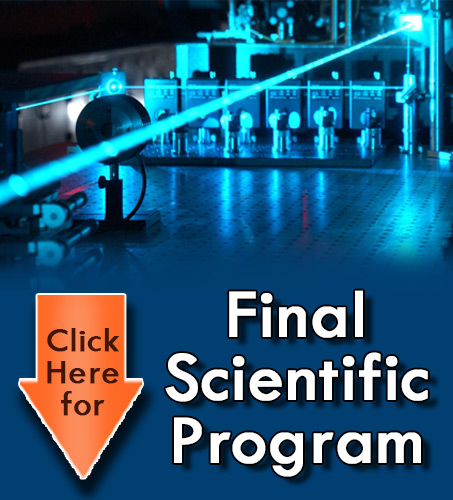
Zanozina Ekaterina
J Heyrovsky Institute of Physical Chemistry, Czech Republic
Title: FTIR laboratory measurement of O I spectra in 0.77–12.5 μm spectral range
Biography
Biography: Zanozina Ekaterina
Abstract
Compared with the visible and ultraviolet ranges, fewer atomic and ionic lines are available in the infrared spectral region. Atlases of stellar spectra oft en provide only a short list of identifi ed lines and modern laboratory-based spectral features for wavelengths longer than 1 micron are not available for most elements. In spite of the fact that oxygen is one of the most abundant elements in the universe, very few studies of their spectra in infrared region have been reported. Th e normal system of O I terms available in the NIST atomic spectra database was established more than a half-century ago. Th e present work attempts to address the above issues. We exploited the great advantages of time-resolved Fourier transform spectroscopy, such as its constant high resolution and energy throughput, to record high-resolution spectra of oxygen in a wide domain of 800-13000 cm-1 (0.77-12.5 μm). With the help of recent high-accuracy direct measurements of the 3p level in the UV, we performed a re-optimization of O I level energies. Th is re-optimization uses 146 O I lines in the infrared (including 59 lines not measured previously in the laboratory) to yield more accurate energies of levels with n=4-7, l≤6. For some of these levels, we experimentally found fi ne structure splitting for the fi rst time. Th e line classifi cation was performed using relative line strengths expressed in terms of transition dipole matrix elements calculated with the help of quantum defect theory (QDT). To verify our QDT calculations of dipole transition matrix elements, we checked several QDT-calculated oscillator which
strengthened against the results of other authors. Th e method showed the good agreement with the vast majority of the data listed in the NIST ASD.

